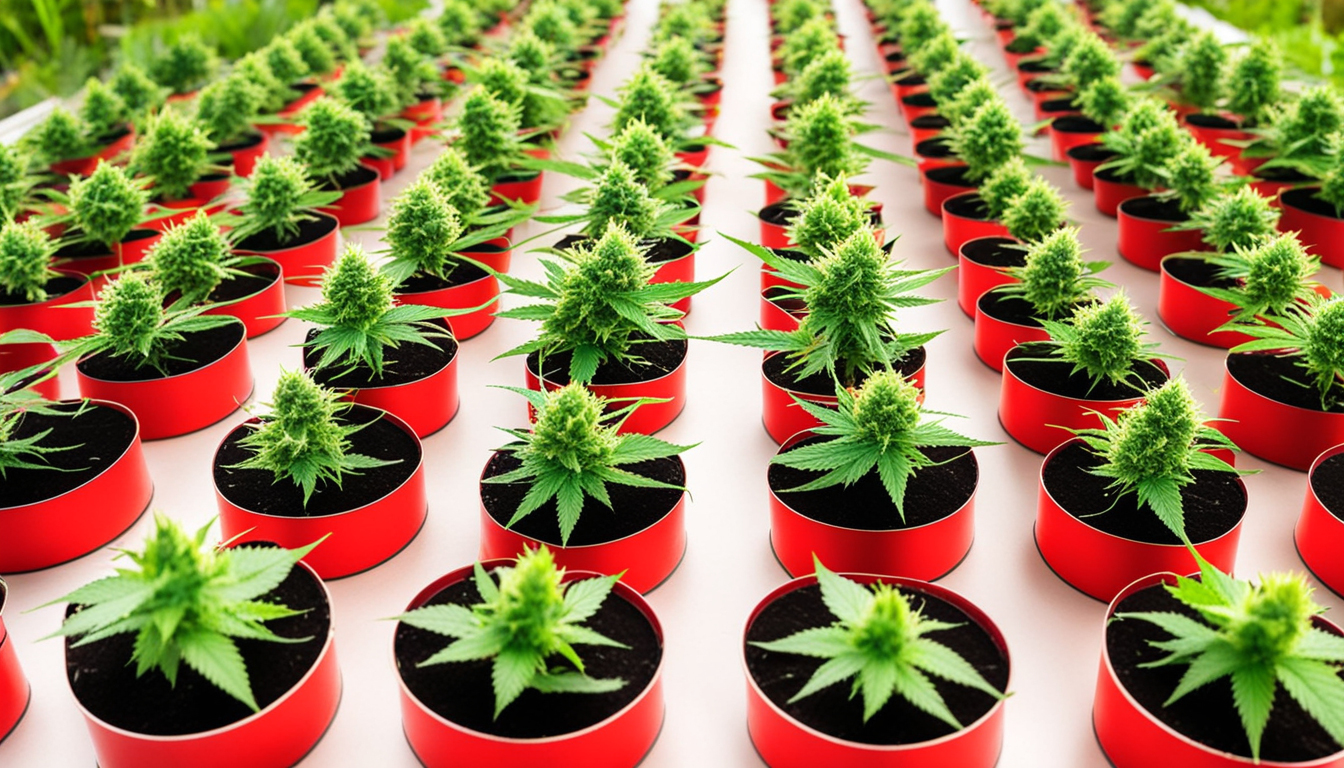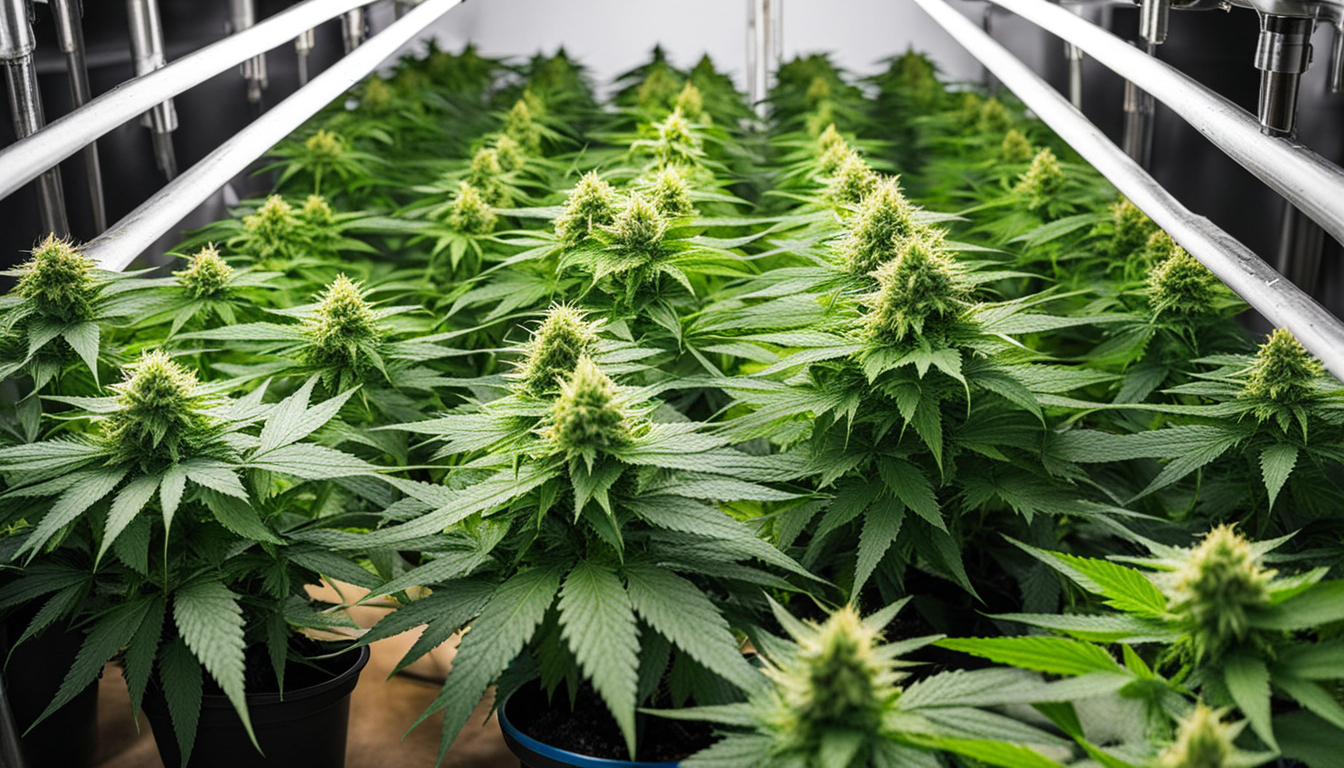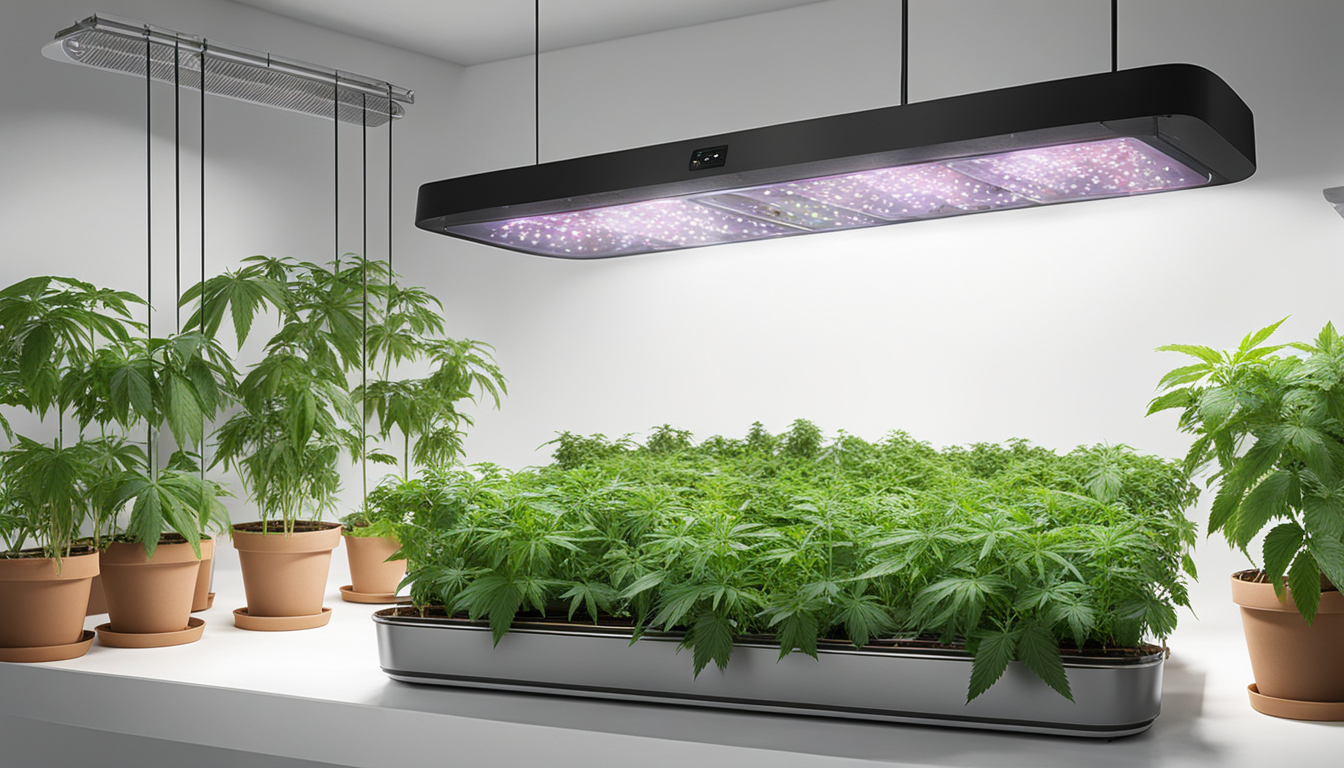
Whether you're new to marijuana production or looking to improve your existing grow, following this complete guide will help you produce big, high-quality yields right at home. With the right gear, strategies, and attention, growing weed indoors can be an extremely satisfying and cost-effective endeavor.
Choosing Pot Varieties
The first step in planning your indoor grow is picking the right weed varieties to grow. The three main types of pot plants each have their own qualities.
Sativas
Known for their energizing cerebral effects, sativas grow tall and slender with narrow leaves. They flourish in tropical tropical climates and have a longer blooming time between 2.5-3 months indoors. Top sativa strains include Sour Diesel, Durban Poison, and Jack Herer.
Indicas
These strains provide calming body-focused effects and spread short and bushy with wide leaves. Accustomed to colder mountain climates, they bloom faster within 2-2.25 months. Popular indica strains include Granddaddy Purple, Northern Lights, and Bubba Kush.
Hybrids
Hybrid strains blend traits from both sativas and indicas. They offer combined effects and have medium blooming times around 2.25-2.5 months. Popular hybrids are OG Kush, Girl Scout Cookies, and Blue Dream.

Setting Up Your Grow Space
Cannabis plants need the right controlled environment to flourish. Key factors for indoor cultivations are lights, ventilation, layout, and finding the ideal discreet location.
Location
Choose an unused space with direct access to irrigation and electrical outlets. An empty spare room, large closet, basement corner, or cultivation tent tucked away in a garage all make great hidden grow room spots.
Lights
Cannabis requires powerful light for all vegetative stages. LED grow lights are energy-efficient and come in broad spectrum options simulating natural outdoor light. Provide 15-25 watts per square foot for the growth stage and 20-40 watts per square foot for bloom.
Ventilation
Proper airflow and exhaust systems keep ideal temp, humidity, and pure CO2 levels. Set up low-noise 4-6 inch blowers or scrubbers to refresh old air and reduce odors.
Layout
Optimize your space by positioning plants strategically under the lamps and leaving room to access and work around them. Set up distinct zones for vegetation, bloom, curing, and cloning.

Cultivation Substrates
Pot can be grown in various mediums, each with benefits and cons. Pick a appropriate option for your specific setup and cultivation style.
Soil
The classic substrate, soil is affordable and simple for beginners. It provides great taste but requires more irrigation and nutrients to nourish plants. Enrich soil with perlite or coir to enhance drainage.
Coconut coir
Made from coconut husks, renewable coco coir holds water but still lets in air to the roots. It's cleaner and more consistent than soil. Use coco-specific nutrients to prevent calcium buildup.
Hydroponics
In water systems, plant roots grow directly in fertilizer water solution. This allows quick growth but needs close observation of water properties. Deep water culture and drip systems are popular techniques.
Germinating Seeds
Sprouting activates your weed seeds to start growing taproots. This readies them for transplanting into their growing medium.
Paper Towel Method
Put seeds between wet paper Discover More towels and maintain them damp. Check after 2-7 days for growing radicles showing sprouting is complete.
Direct Planting
Plant seeds right into wetted cultivation medium 1⁄4 inch deep. Gently water and wait 7-14 days until seedlings push through the surface.
Cubic rockwool
Soak cubic rockwool starters in balanced water. Insert seeds 6mm deep into the cubes. Keep cubes wet until seedlings emerge within a week to 2 weeks.
Repotting Seedlings
Once sprouted, pot seedlings need to be repotted to prevent crowding. Move them into appropriately sized containers.
Ready Containers
Load final pots with growing medium enriched with time-released fertilizer. Allow containers to absorb water for 8-12 hours before repotting.
Gently repotting
Gently separate seedling roots from germination medium using a spade. Place into prepared container at same depth as before and gently water in.
Growth Stage
The growth stage encourages leafy growth and plant structure through 18-24 hours of daily light intensity. This stage usually lasts 1-2 months.
Using 3/4 to full day of Lighting
Use lamps on a 24 daily cycle or natural sunlight to trigger constant photosynthesis. Light output influences height and internodal spacing.
Fertilizing
Use vegetative stage nutrients higher in nitrogen. Make sure pH stays around 6.5 for proper nutrient absorption. Feed 25-50% concentration after 14 days and strengthen slowly.
LST and topping
Fimming, LST, and trellising direct shoot shapes for flat foliage. This boosts yields.

Flowering Stage
The blooming stage grows buds as plants reveal their sex under a 12/12 light timing. It lasts 2-3 months based on strain.
Changing Light Schedule
Switch lamps to 12/12 or place outdoors for natural 12 hour cycle. This triggers plants to start flowering.
Flushing
Leaching flushes out fertilizer residuals to improve taste. Fertilize lightly the first period then just use pH'd water the final 2 weeks.
Flushing
Continue 12/12 light timing but leach using neutral pH water only. Return to plain Click Here watering if buds aren't mature after two weeks.
Reaping
Recognizing when pot is completely mature delivers maximum cannabinoid content and aroma. Harvest plants at optimal ripeness.
Signs of readiness
Check fading pistils, swelling calyxes, and 5-15% cloudy trichs. Inspect buds around the plant as they don't all ripen evenly.
Harvesting plants
Use sterilized, razor-sharp pruning shears to carefully slice each plant at the base. Keep several inches of stalk attached.
Curing
Hang whole plants or colas upside down in a dark room with moderate temperature and humidity around 45-65% for 7-14 days.
Curing
Aging keeps drying while improving the buds like fine wine. This process mellows harshness and further develops terpene and terpene profiles.
Jars and Humidity
Trim cured buds from stems and store into sealed containers, filling about 75% capacity. Use a hygrometer to measure container humidity.
Burping Daily
Unseal containers for a few hours each day to gradually lower moisture. Rehydrate buds if humidity goes under 55%.
Final Cure
After 2-3 weeks when moisture levels off around 55-65%, do a final trim and keep long-term in sealed jars.
Common Problems and Solutions
Even seasoned cultivators run into various cannabis plant problems. Identify problems early and address them properly to maintain a vibrant garden.
Nutrient Deficiencies
Yellowing leaves often signify insufficient nitrogen. Purpling stems and leaves signal low phosphorus. Check pH and boost fertilizers gradually.
Bugs
Thrips, aphids, fungus gnats, thrips, and nematodes are common pot pests. Use organic sprays, ladybugs, and yellow traps for natural control.
Powdery mildew
High humidity promotes powdery mildew and root rot. Improve circulation and circulation while reducing humidity under 50% during flowering.

Conclusion
With this complete indoor pot cultivation guide, you now have the knowledge to cultivate plentiful potent buds for private harvests. Subscribe Now Apply these steps and techniques during the seed starting, growth, and bloom stages. Invest in good gear and carefully monitor your plants. In time, you'll be compensated with sticky fragrant buds you grew yourself under the loving care of your green hands. Good luck cultivating!